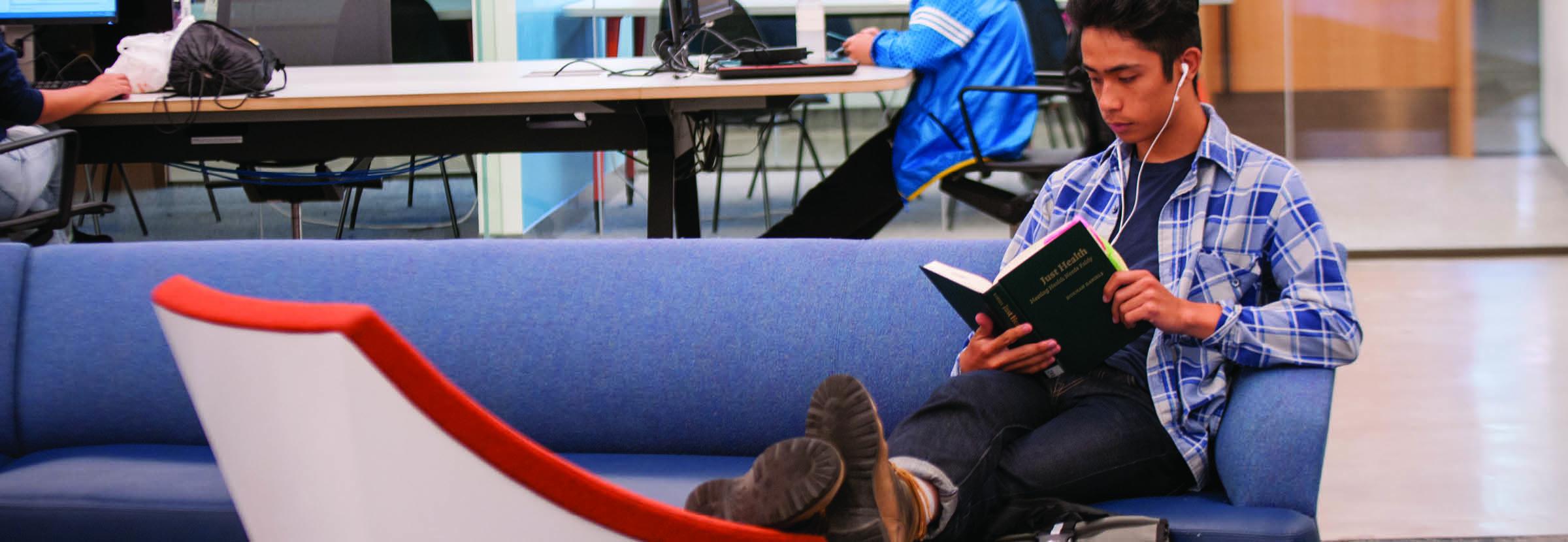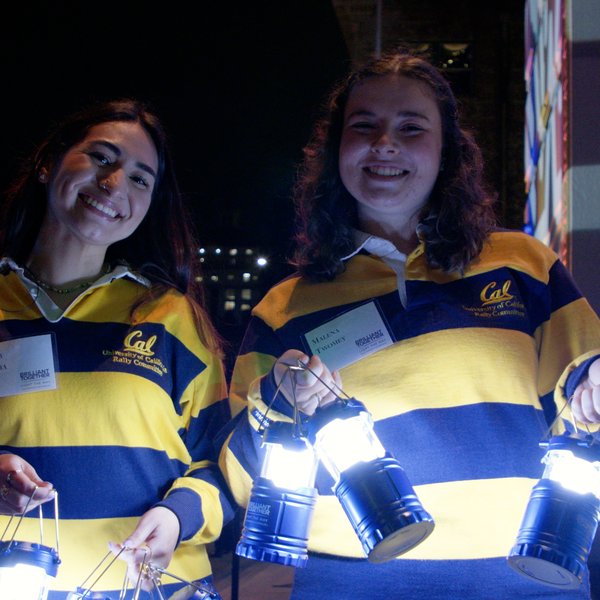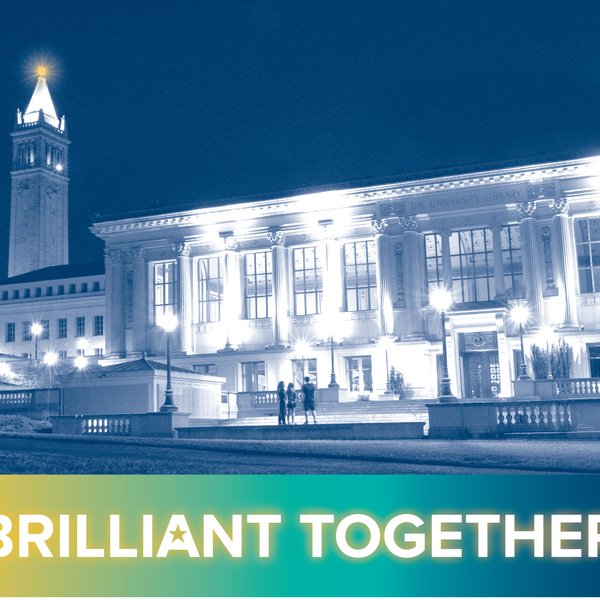
The University Library is the mind and heart of Berkeley.
In 1874, Berkeley’s fledgling library was housed first in South Hall, then moved to Bacon Hall in 1881. Yet as the collection continued to grow, so did the need for a bigger home.
President Benjamin Ide Wheeler convinced Charles Franklin Doe, a San Francisco businessman and bibliophile, to bequeath funds to help pay for a new facility. Wrote Wheeler, “Until we have a great library,… we cannot have a great university.” The goals set forth by head librarian Joseph Rowell, who served for 45 years, included a central location, abundant light, rectangular rooms, and the “solidity and strength necessary to sustain great weight of books.”
Doe Library opened in 1911. Designed by campus architect John Galen Howard, the massive granite building resembles the Parthenon, reflecting Berkeley’s view of itself as the “Athens of the West.” It houses the Morrison Library and the Heyns and North Reading Rooms and is connected to Main Stacks, a vast structure with three underground levels measuring a football field and a half long.
Today, Berkeley has 24 libraries, with collections that include more than 13 million volumes and represent 400-plus languages. More than dry statistics, these numbers reveal the breadth of knowledge at the fingertips of scholars and students as they further their studies, add to our collective knowledge, and help better the world.




